Mars base for 200 people in For All Mankind season 4
The main theme in season 4 is increasingly diverging visions for the purpose of human presence on Mars. For some it's only another contract job, but for others Mars is a new place to call "home". Add to the mix a once-in-a-lifetime opportunity to get hold on a large lithium-rich asteroid and increasingly strained relationships between the "upper class" (astronauts / cosmonauts, scientists and top executives) and contract workers literally living underground, and you have a recipe for a "Martian rebellion".
For All Mankind is exploring the idea of never ending space race if Soviets would have beaten US in the race for the Moon and the intention of the show is each season to jump about a decade further into the increasingly diverging reality of the show: in season 1, depicting alternate 1969 to 1974, both Soviets and US start building their separate bases near the lunar South pole; in season 2 (1983) both bases have been expanded and the superpowers compete for resources on the Lunar surface; in season 3 (1992 to 1995), Soviets and US are joined by a private company Helios and North Korea for a four way race to be first on Mars; in season 4 (2003) there is a sprawling international human base on Mars and an unexpected side enters the race to get hold on a large, lithium-rich asteroid for mining. You can watch the show on Apple TV+
Ahead there is a VISUAL RECAP OF SEASON 4, consisting of high resolution shots, downscaled from 4K UHD screens for better image quality. Be aware of heavy spoilers, revealing major story plots:
During season 4 interplanetary ships don't land directly on Mars; instead they dock to Phoenix, orbiting Mars, and the rest of the trip is made via small shuttles heading down to the surface:
Ed and Svetlana flying the asteroid capture ship Ranger:
Season 4 starts with an unsuccessful asteroid capture mission:





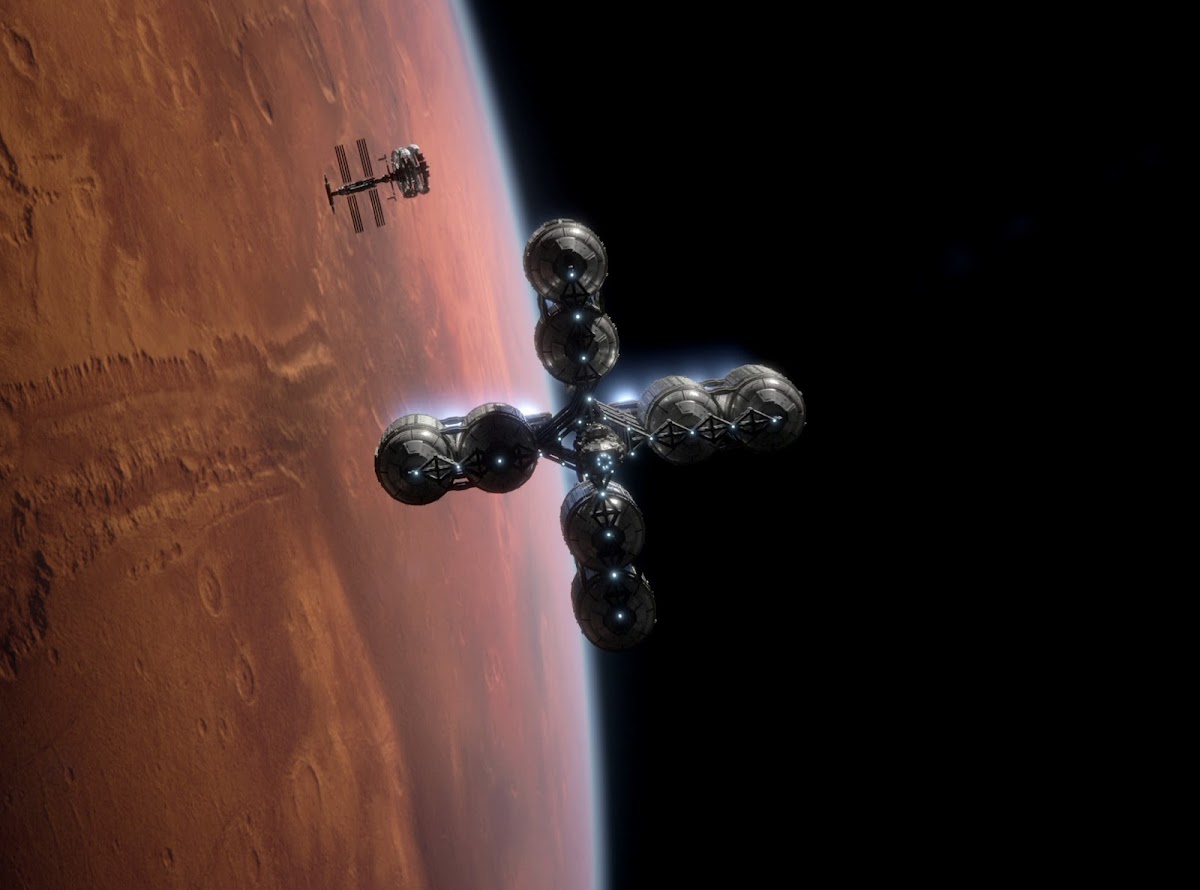
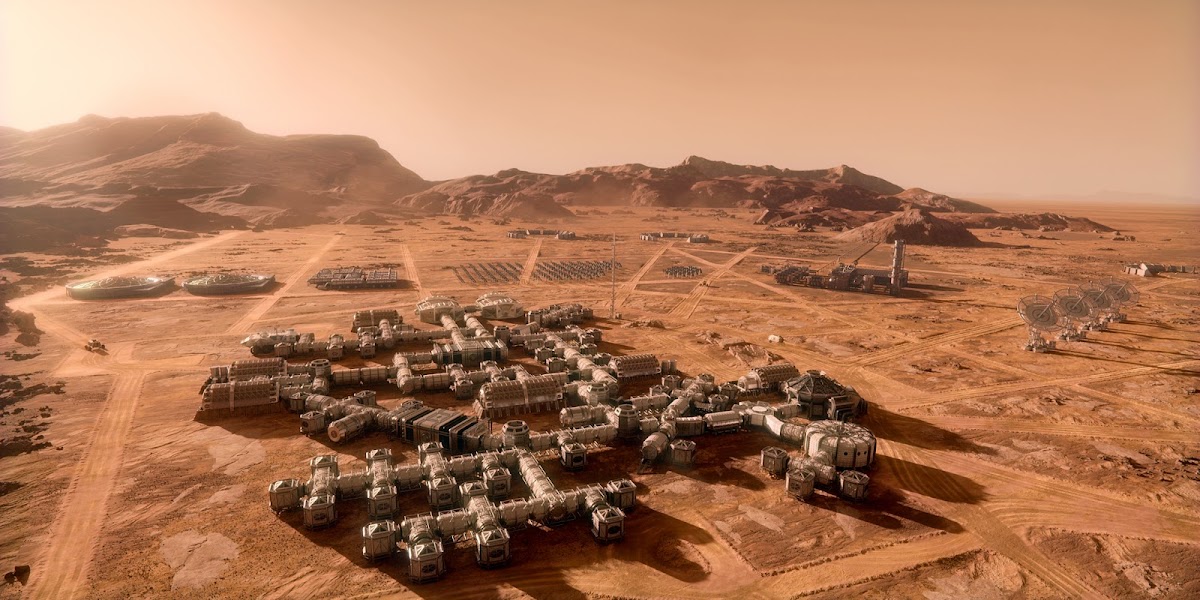
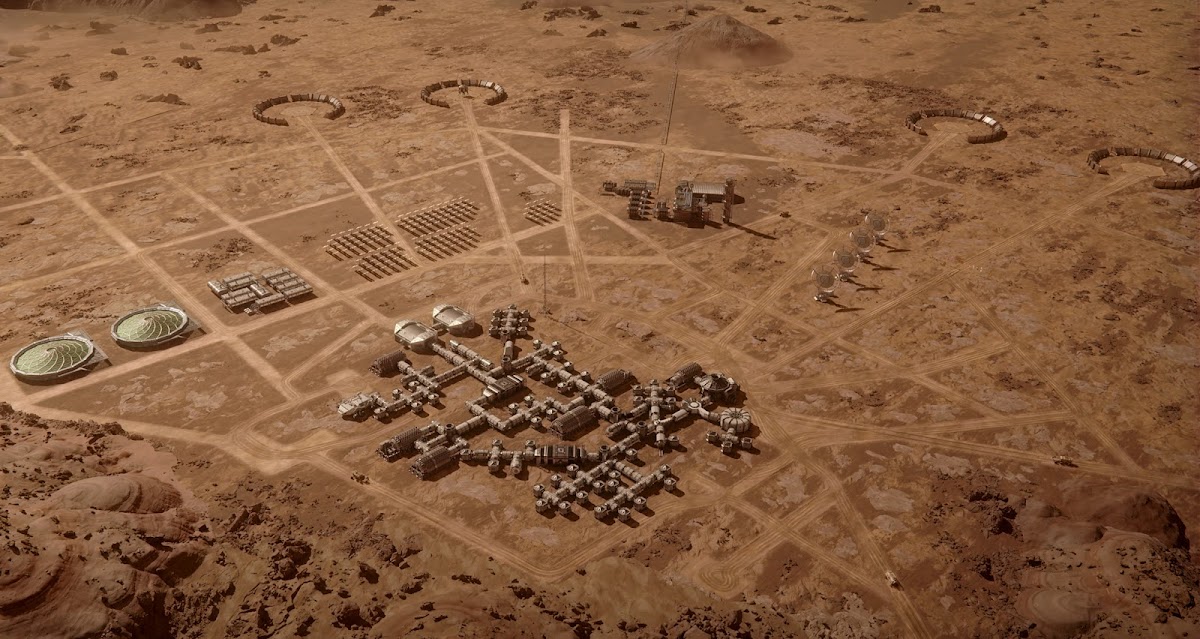

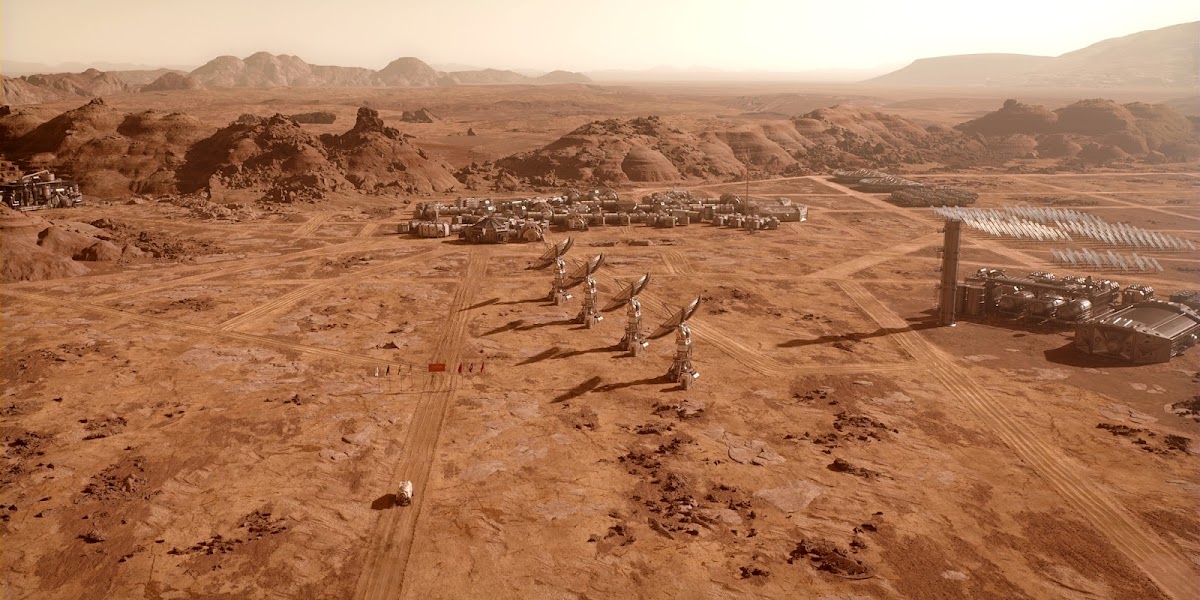

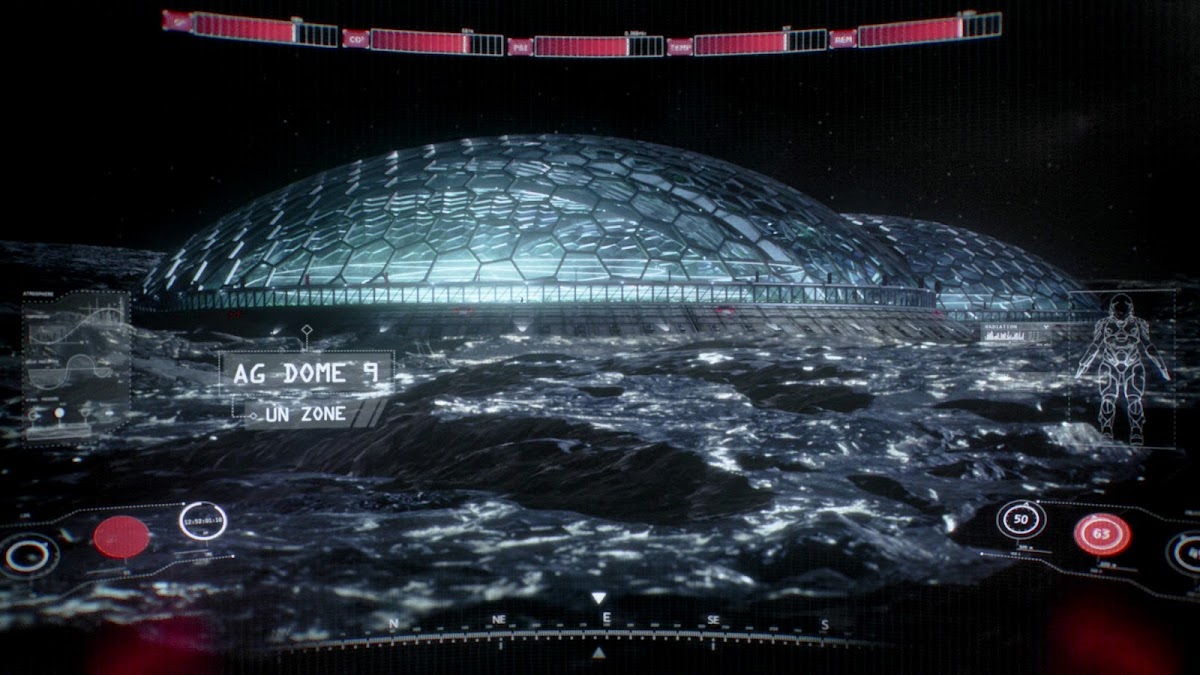





 Environment concept artist
Environment concept artist 
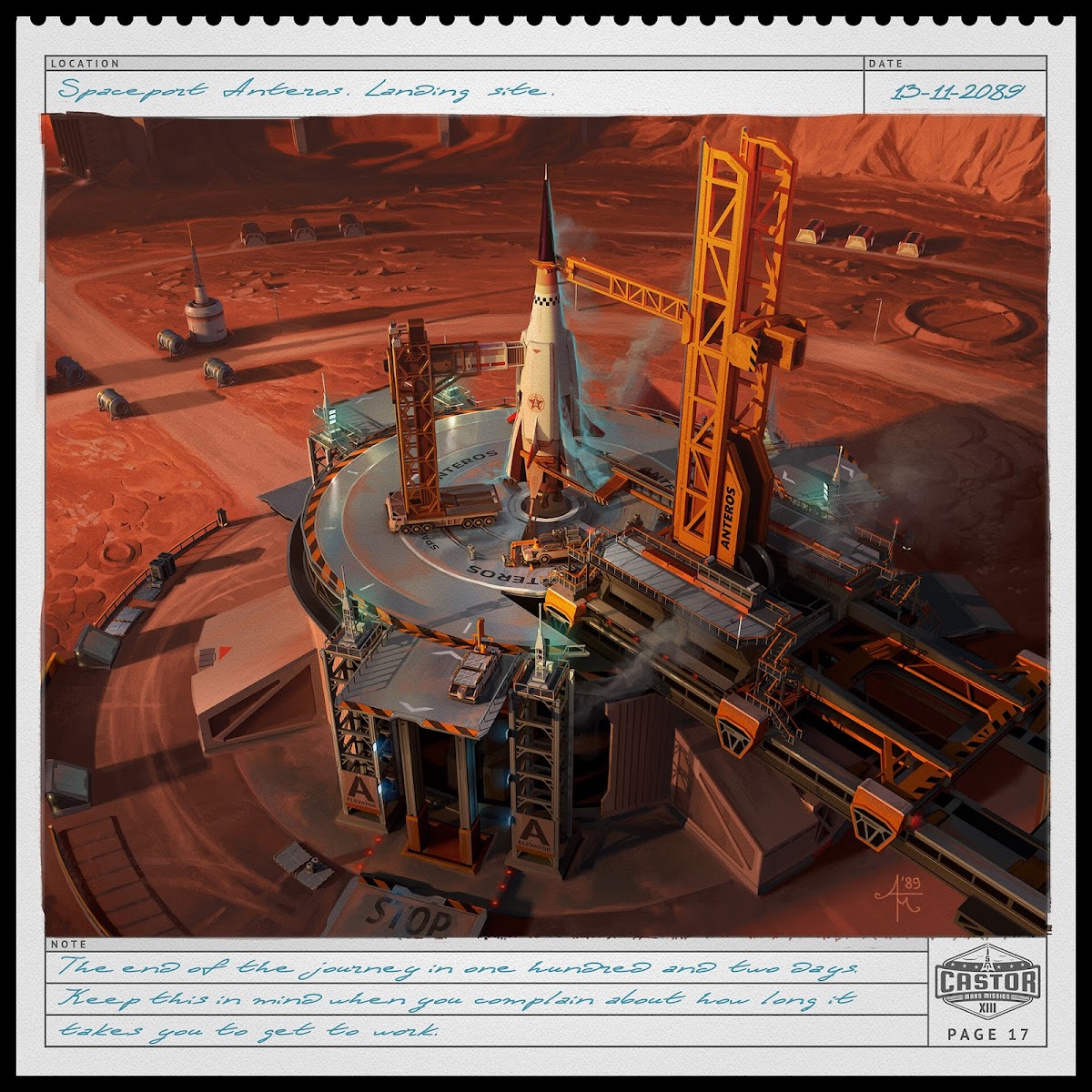

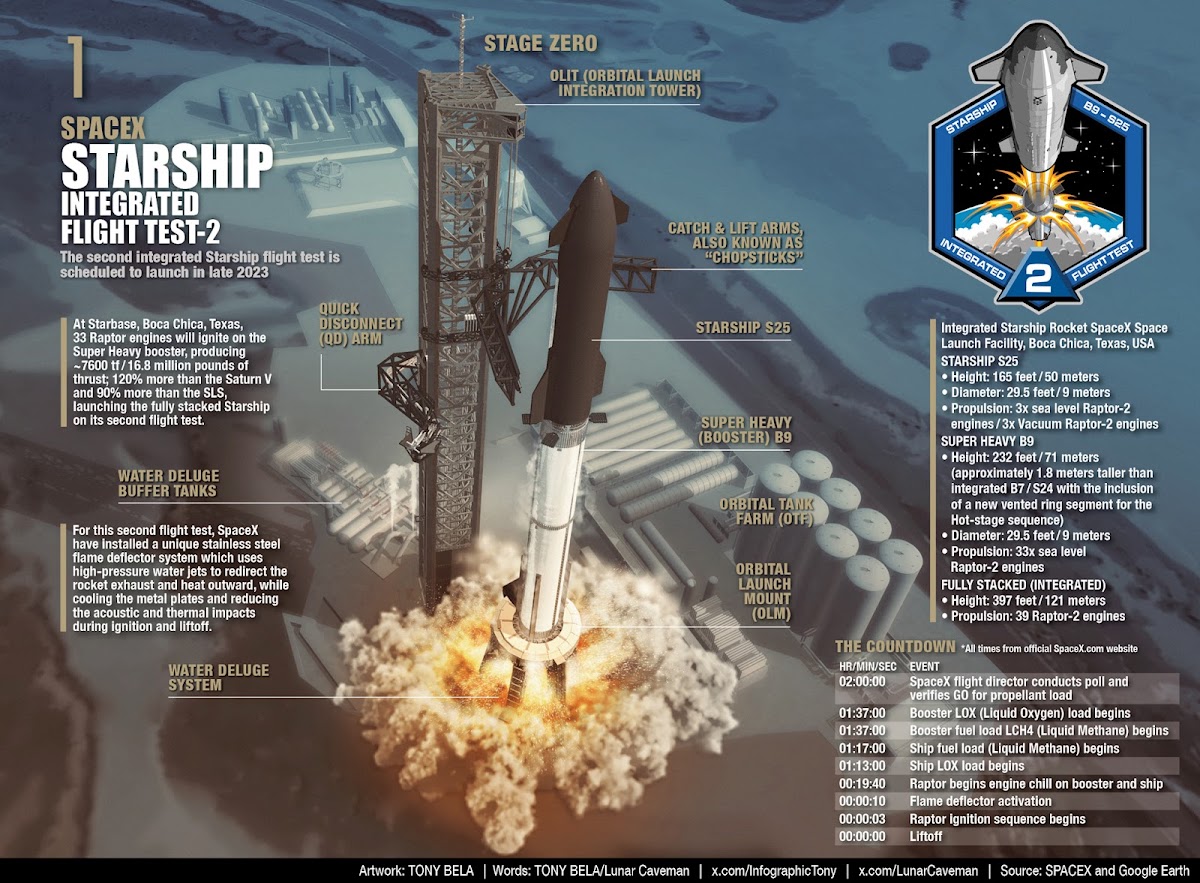
 Yesterday Apple TV+ released yet another video revealing more details about the upcoming season 4 of For All Mankind alternate history sci-fi TV series. As the co-creator of the series Ben Nedivi states in this featurette: "This season is really about the building of a new civilization on Mars. Last year in season 3 you saw the first explorers arrive on Mars. This season you're actually seeing hundreds of people up there and you're seeing, how civilization becomes civilization".
Yesterday Apple TV+ released yet another video revealing more details about the upcoming season 4 of For All Mankind alternate history sci-fi TV series. As the co-creator of the series Ben Nedivi states in this featurette: "This season is really about the building of a new civilization on Mars. Last year in season 3 you saw the first explorers arrive on Mars. This season you're actually seeing hundreds of people up there and you're seeing, how civilization becomes civilization".
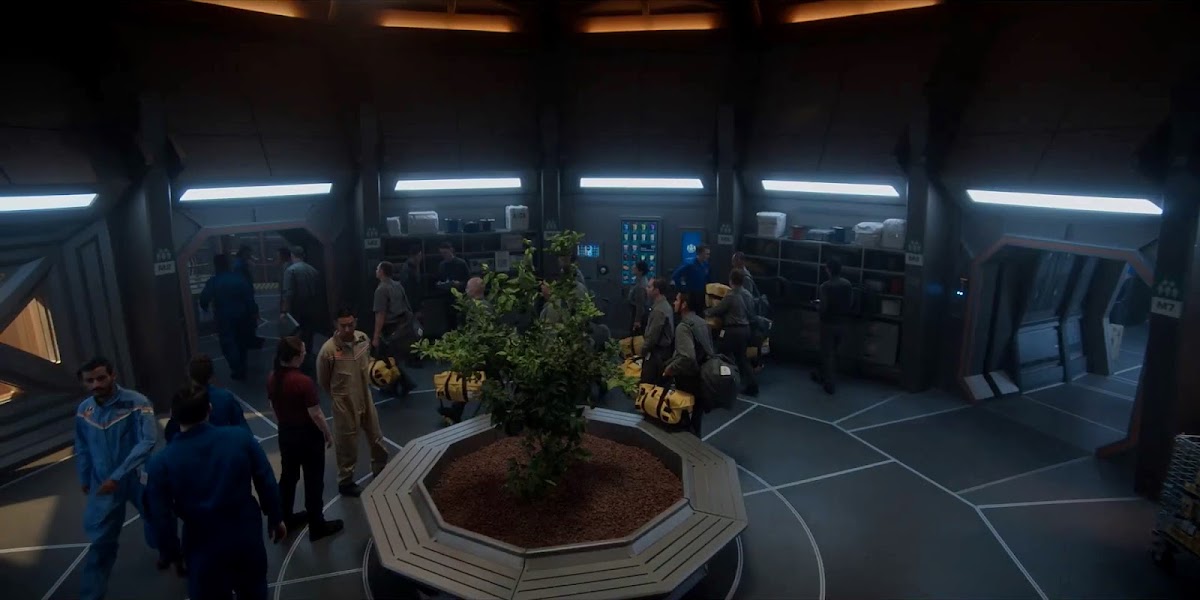



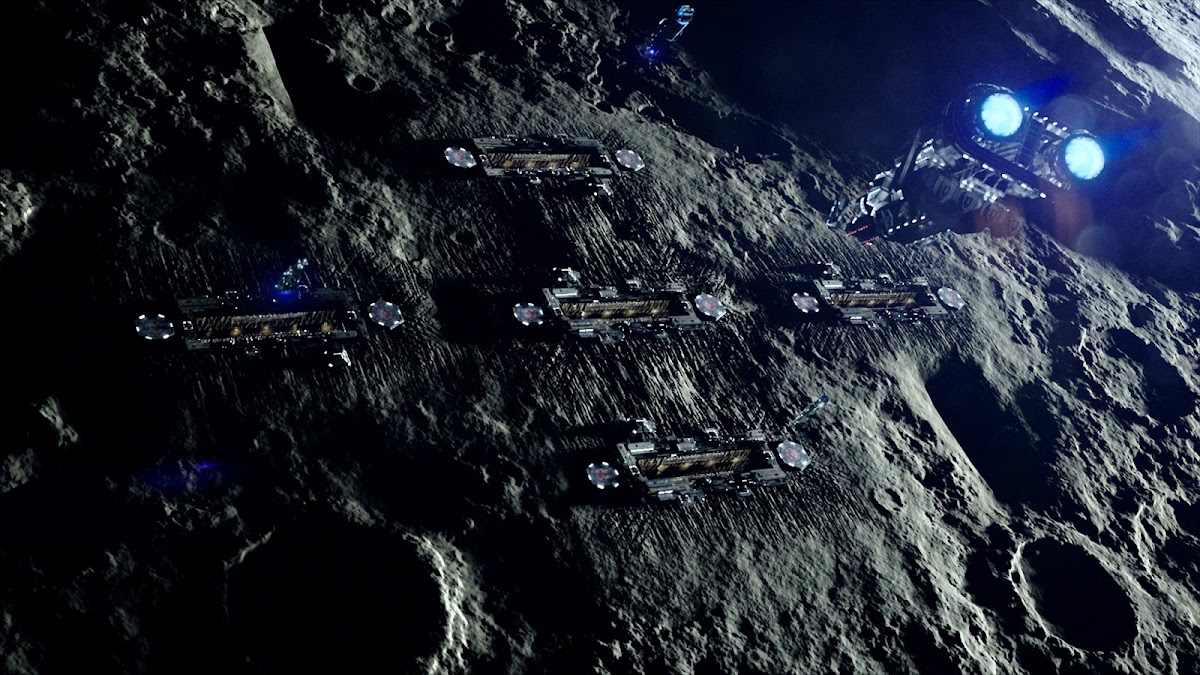
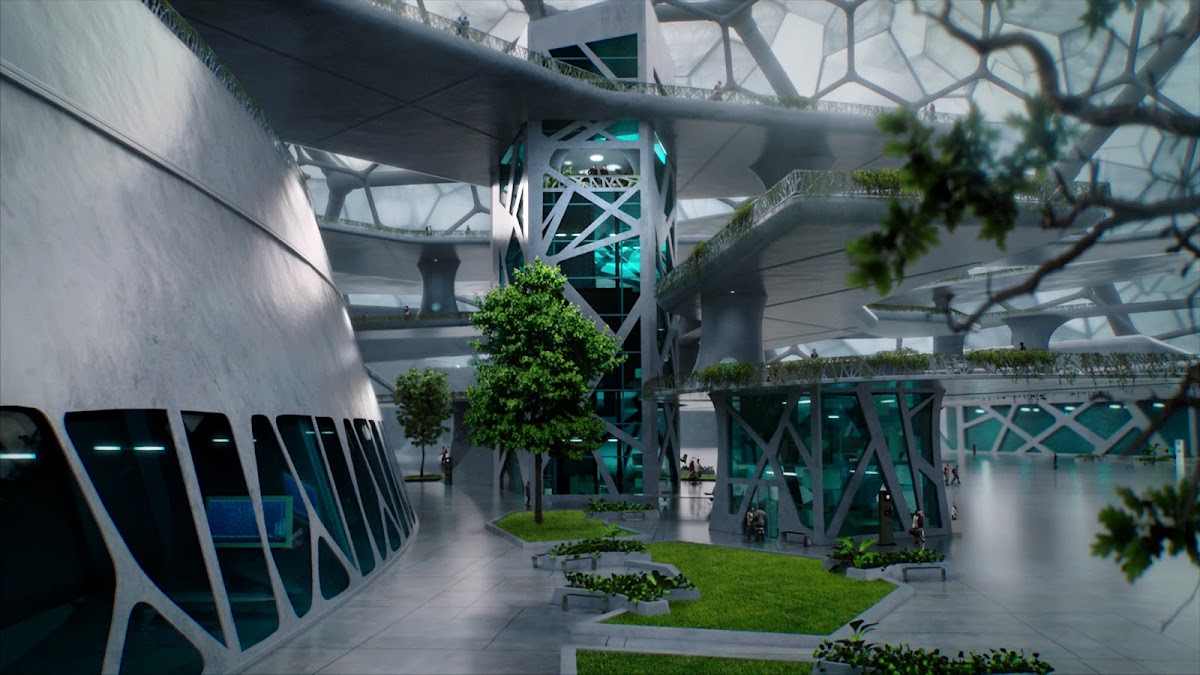
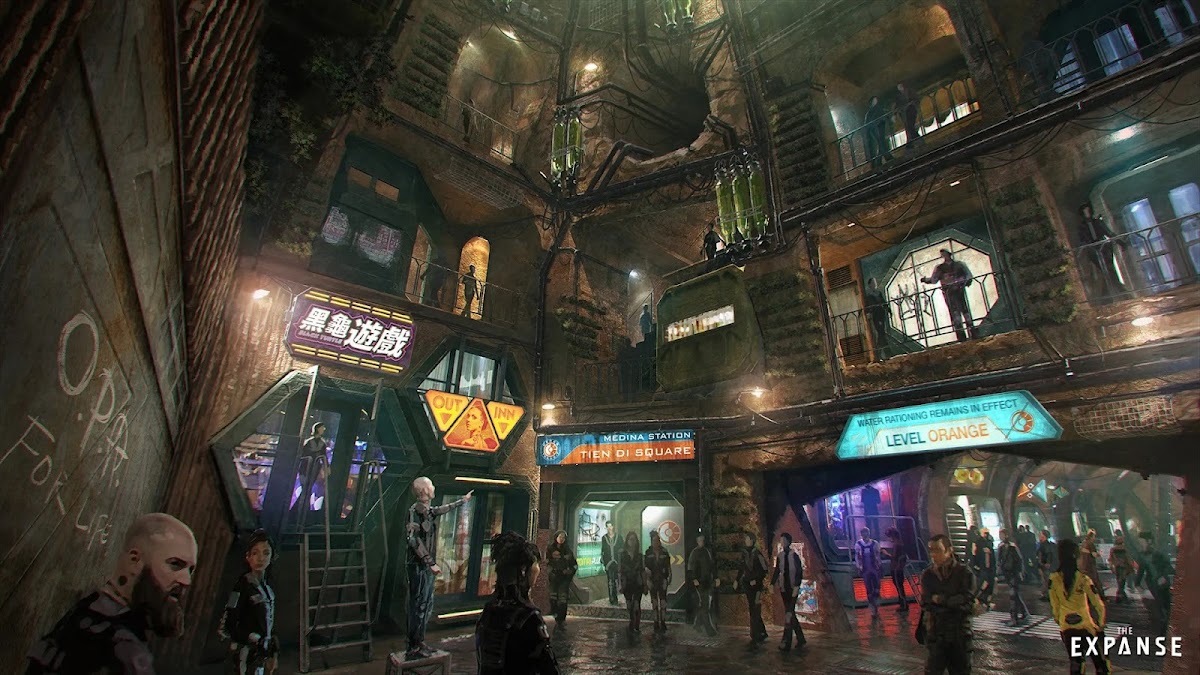
 Environment concept artist
Environment concept artist 


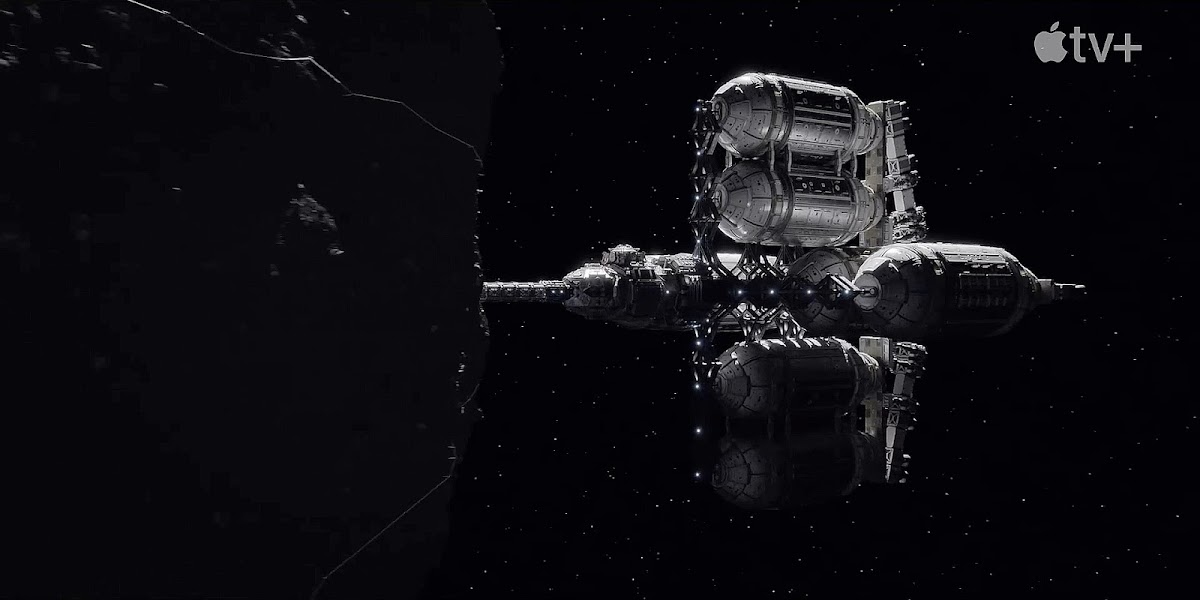 Yesterday Apple TV+ published a yet unlisted trailer for season 4 of For All Mankind alternate history sci-fi TV series, revealing asteroid mining will play a major role in season 4, set in 2003. The trailer also revealed more details about the soon-to-be "self-sustaining" international Happy Valley base on Mars, first depicted in the
Yesterday Apple TV+ published a yet unlisted trailer for season 4 of For All Mankind alternate history sci-fi TV series, revealing asteroid mining will play a major role in season 4, set in 2003. The trailer also revealed more details about the soon-to-be "self-sustaining" international Happy Valley base on Mars, first depicted in the 
